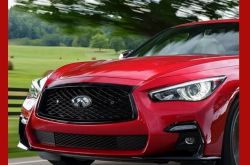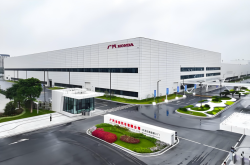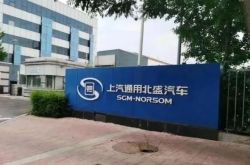Families with an Annual Income of 300,000 Yuan Face the Most Challenging Year for Car Selection
![]() 01/06 2025
01/06 2025
![]() 418
418
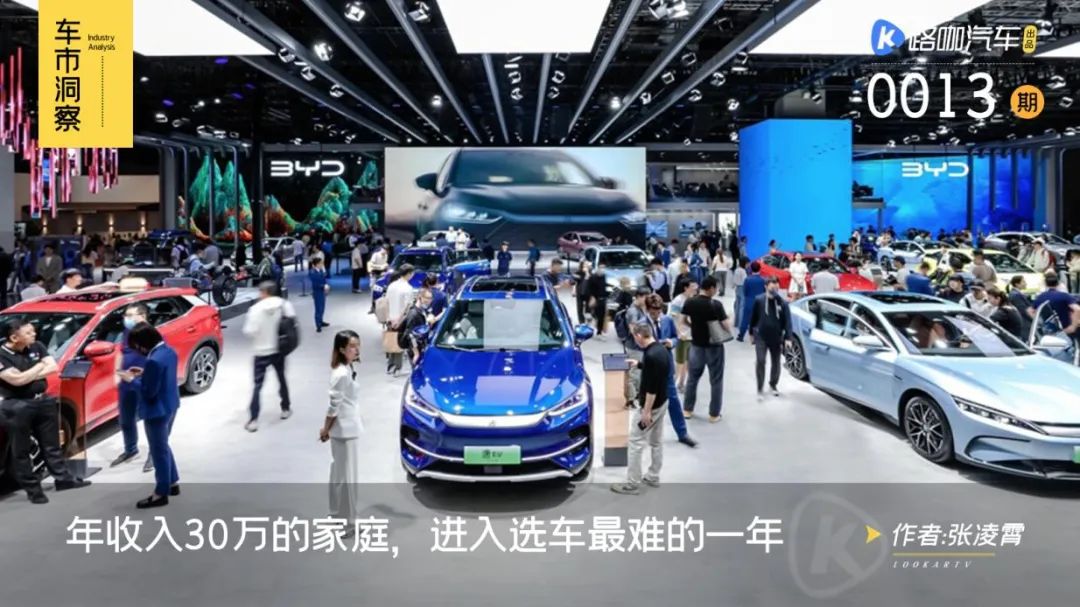
As major automotive groups released their 2024 performance reports, a significant shift occurred: BYD surpassed SAIC Motor for the first time, selling over 4.272 million vehicles compared to SAIC's 4.013 million. Prior to this, SAIC Motor had been the top domestic automaker for 18 consecutive years.
"Market competition in 2025 will undoubtedly intensify. I boldly predict that the price war will commence in January," said He Xiaopeng in a recent internal letter to XPeng Motors. Multiple automaker executives have dubbed 2025 the "decisive year." Zhu Huarong, Chairman of Changan Automobile, even asserts that 2025 will be a year of elimination, with 80% of Chinese brands and 90% of new forces facing closure or restructuring.
This means that maintaining the 2024 growth rate will be even more challenging for automakers. Many have announced their 2025 sales targets, including ambitious players like NIO, Leap Motor, and Xiaomi, who anticipate double-digit growth. BYD has yet to publicly announce a clear sales target, but recent news suggests it aims to maintain its domestic market share and achieve growth in overseas markets.
Despite being the largest automaker by volume, BYD's 2025 plan appears conservative amidst generally aggressive sales expectations.
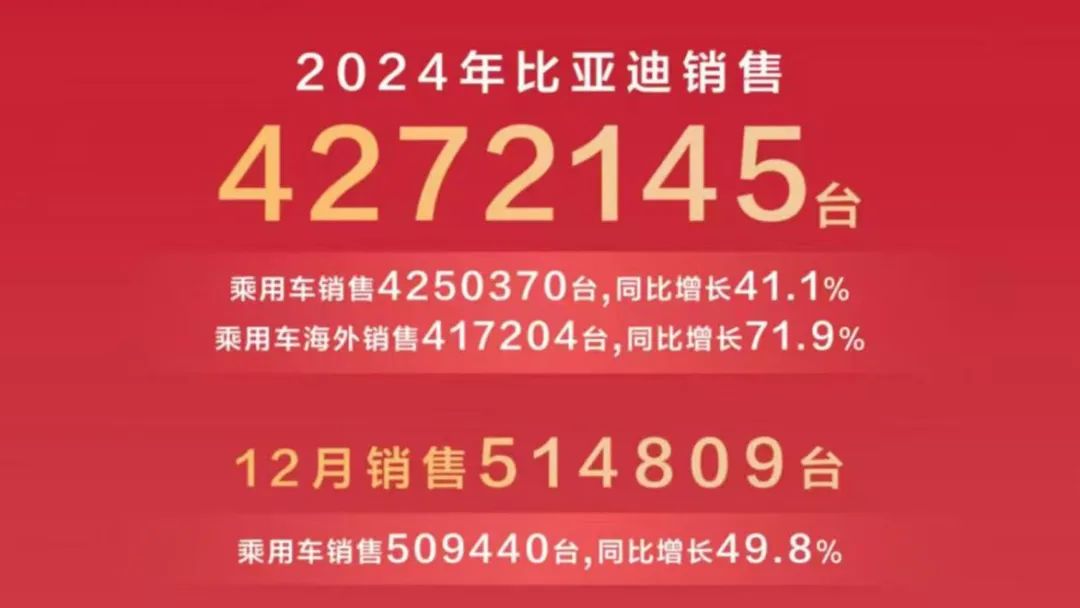
It's undeniable that BYD's rapid growth was closely tied to its price advantage. The automotive market's price war has drastically reduced premium car prices. Entry-level models from premium brands like BMW, Benz, and Audi are now available for just over 200,000 yuan, highlighting the astonishing downward price trend. More alarming is the decline in sales of vehicles priced between 200,000 and 300,000 yuan, falling at a rate of 500,000 units per year, as these vehicles increasingly move into lower price ranges.
Consumers welcome falling car prices but often overlook the timeless truth that "you get what you pay for." Reducing costs and quality is a more direct and effective approach to lowering prices than revolutionary technological innovation. It's no exaggeration to say that wherever the price war rages, there will be widespread dissatisfaction.
As new car prices continue to drop with no apparent bottom, it becomes difficult to discern whether one has found a bargain or been taken advantage of. China's top automaker has decided to move away from its obsession with high growth rates, essentially to avoid entangling in the low-price market. Simply put, if the price war continues, BYD will fight in the mid-to-high-end market.
In 2025, the price war will escalate further.
"In 2025, China's new energy vehicle industry will undoubtedly face more intense and brutal competition at a higher dimension," said Li Bin of NIO in a recent internal letter. Indeed, after two years of fierce low-price market competition, new strategies are needed for the price war in 2025.
Over the past year, the authorities have mentioned anti-involution three times in four months. The reasoning is clear: automakers entangled in low prices sell cars at a loss. Zhu Jiangming of Leap Motor bluntly stated at a conference that "the next new cars will be priced lower than the previous ones."
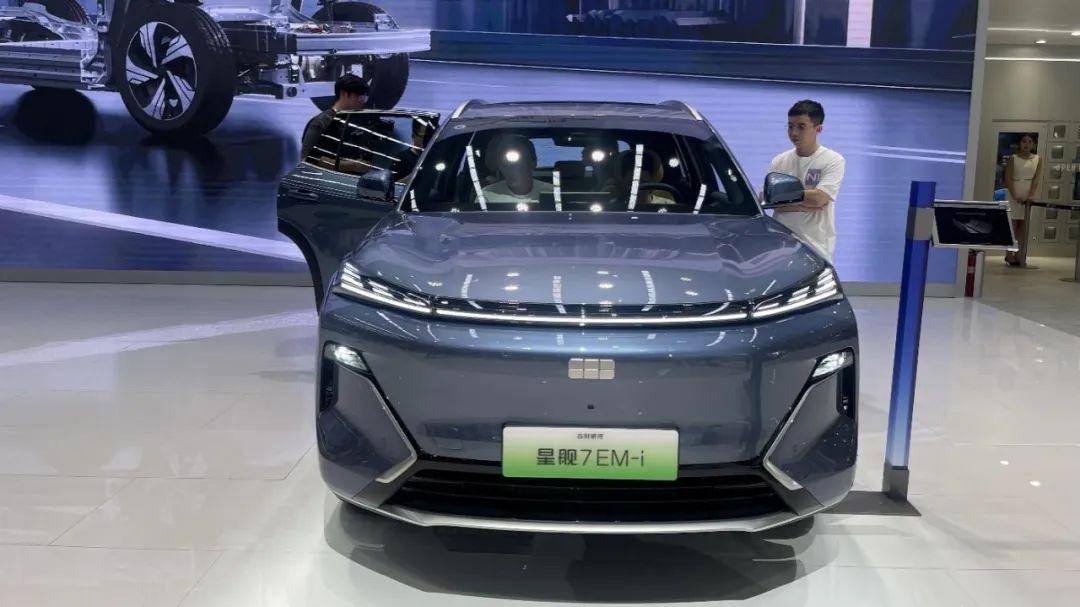
Incentivized by various price reductions, the market for cars priced below 200,000 and even 100,000 yuan has rapidly expanded. While BYD offers the Qin PLUS at 79,800 yuan, Geely plans to counter with two hybrid models priced below 80,000 yuan. This type of hand-to-hand price war, if continued, will devolve into involutional competition.
As a result, automakers are attempting to continue the price war by pressuring suppliers to lower prices, jeopardizing the health of the entire industrial chain. Over the past year, the authorities have mentioned anti-involution three times in four months, sending a clear signal. While there's still room for new car prices to fall, low-quality price wars are detrimental and should be stopped.
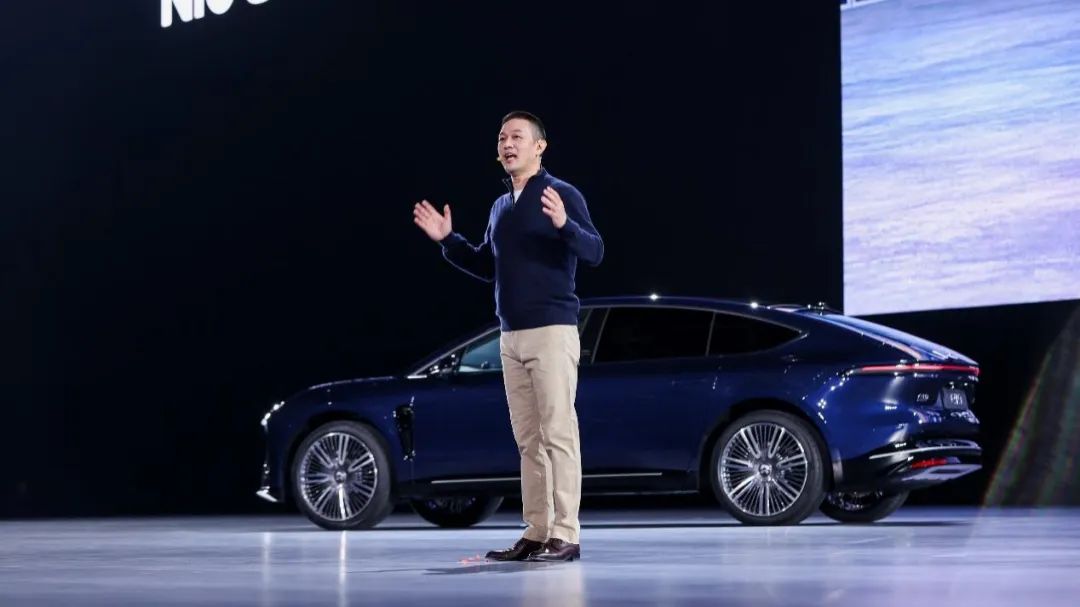
The underlying trend is that the price war will likely continue but enter a new dimension. This can be seen in automakers' 2025 new model plans, such as the AITO M8, Zenith S800, NIO ET9, Changan Qiyuan C798, and XPeng's all-new P7.
BYD is no exception, recently teasing the medium-to-large flagship SUV Tang L, equipped with LiDAR and CloudRide technology, targeting the Li Xiang L8. Additionally, the medium-to-large flagship sedan Han L will launch in 2025, also appearing to be equipped with LiDAR from teaser images.
BYD personnel revealed to Luka Auto that the Han L and Tang L are not replacements for the Han and Tang but all-new models positioned in the 200,000 and 300,000 yuan market segments, respectively, featuring BYD's latest electrification and intelligence technologies.
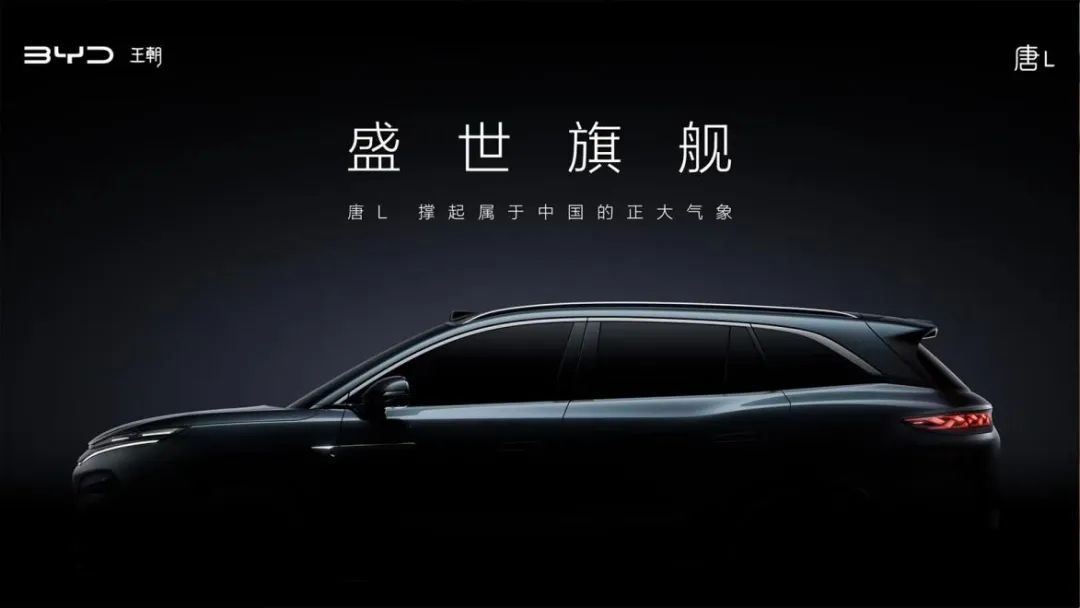
Over the past year, BYD has focused on intelligent driving, from a 4,000-person software team to the Fangchengbao B8, a smart driving collaboration with Huawei. These efforts will enable BYD to provide full-fledged end-to-end intelligent driving capabilities, including LiDAR and NOA in urban and highway environments, for models priced above 300,000 yuan, like the recently launched 2025 Tengshi D9.
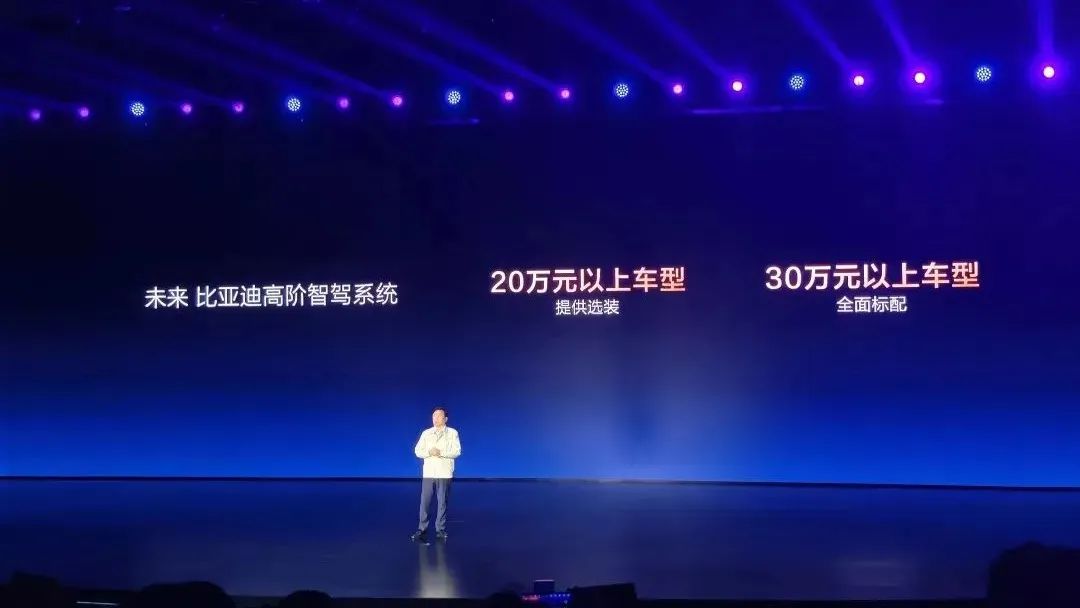
Early in 2024, at BYD's Dream Day, Wang Chuanfu announced a similar plan. However, based on teaser information for the new Han L and Tang L models, it's evident that after a year of all-in on intelligent driving, BYD's advanced capabilities are expected to reach the 200,000 yuan price range.
Will wealthy car buyers suffer the most in 2025?
In recent years, the main price range for domestic passenger cars has been 100,000 to 200,000 yuan, with a stable market share of around 45%-46%. As the price war began in 2023, with new car prices continuing to decline, this price range's market share climbed to 50.24%, contributing to over 10 million new car sales.
Judging by the product layouts of mainstream automakers like BYD, Geely, Changan, and Great Wall, this trend will persist in 2025, with fierce competition in the 100,000 to 200,000 yuan price range. In the 200,000 to 300,000 yuan market, domestic automakers have yet to shake Tesla's position.
We've seen that as domestic new energy vehicles have risen, new Chinese brand car prices have continued to increase. In reality, domestic automakers often sell their cars at lower prices. Whether it's BYD, the top automaker, or new forces like XPeng and Leap Motor, they've all verified the significant stimulus effect of "low price, high configuration" on boosting sales. However, this is based on the rapid growth of the new energy vehicle market, but how long can this high growth last?
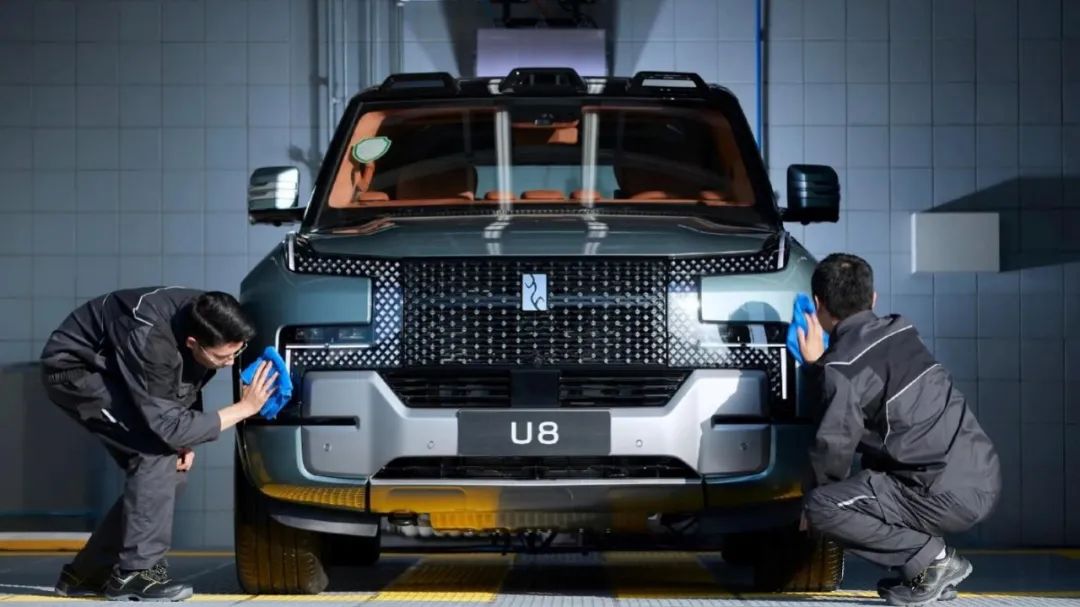
Zhang Yongwei, Vice Chairman and Secretary-General of the China Electric Vehicle Hundred Person Council, recently noted in a public speech that "the growth rate of new energy vehicles will not be as fast as it has been in the past three years." The 2024 new energy vehicle penetration rate is expected to reach 51%, and Zhang predicts it will reach around 55% in 2025.
The same applies to BYD. In 2024, BYD's share of the domestic new energy vehicle market exceeded 30%. High-quality development is just as important as high growth rates.
The survival path for automakers is clear: either continue entangling in the price war, constantly compressing costs and stacking configurations to gain market share; or surprise competitors with technological innovation. For example, the NIO ET9, integrating NIO's cutting-edge technology, has a pre-sale price starting at 800,000 yuan; the Zenith S800, the first to bring L3 technology to mass-produced vehicles, has a pre-sale price starting at 1 million yuan.
The price war over the past two years has fully demonstrated that downward involution is a one-way street. Some netizens joked that the BYD Qin Plus they bought for over 110,000 yuan in 2023 was available for sale at the end of 2024 starting at 59,800 yuan with higher configurations. Such examples abound.
As new technologies iterate faster, more early adopters will feel cheated. Looking back, the price war was kicked off two years ago by Tesla and BYD, who were the first to reduce prices. However, their main price ranges were quite different at the time. With the upcoming launch of the new Model Y this January, if Tesla sets a lower price than the current model while significantly upgrading configurations, other automakers' anti-involution efforts will largely be ineffective. When two pricing powerhouses enter the same racetrack, it's bound to revolutionize the mid-to-high-end market landscape.
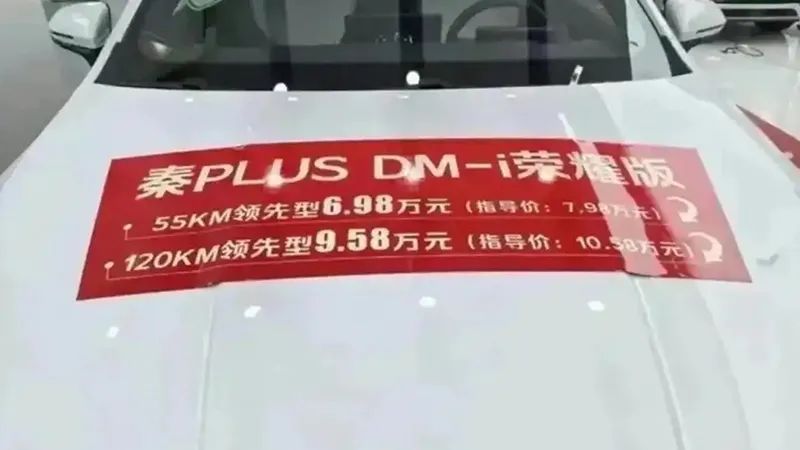
A senior BYD executive once said in an exchange that electrification is like a big fish eating a small fish, while intelligence is like a fast fish eating a slow fish, depending on who iterates faster.
In 2025, as BYD brings the battle to the mid-to-high-end market above 200,000 yuan, it may spark a new round of value-added features and price reductions.


